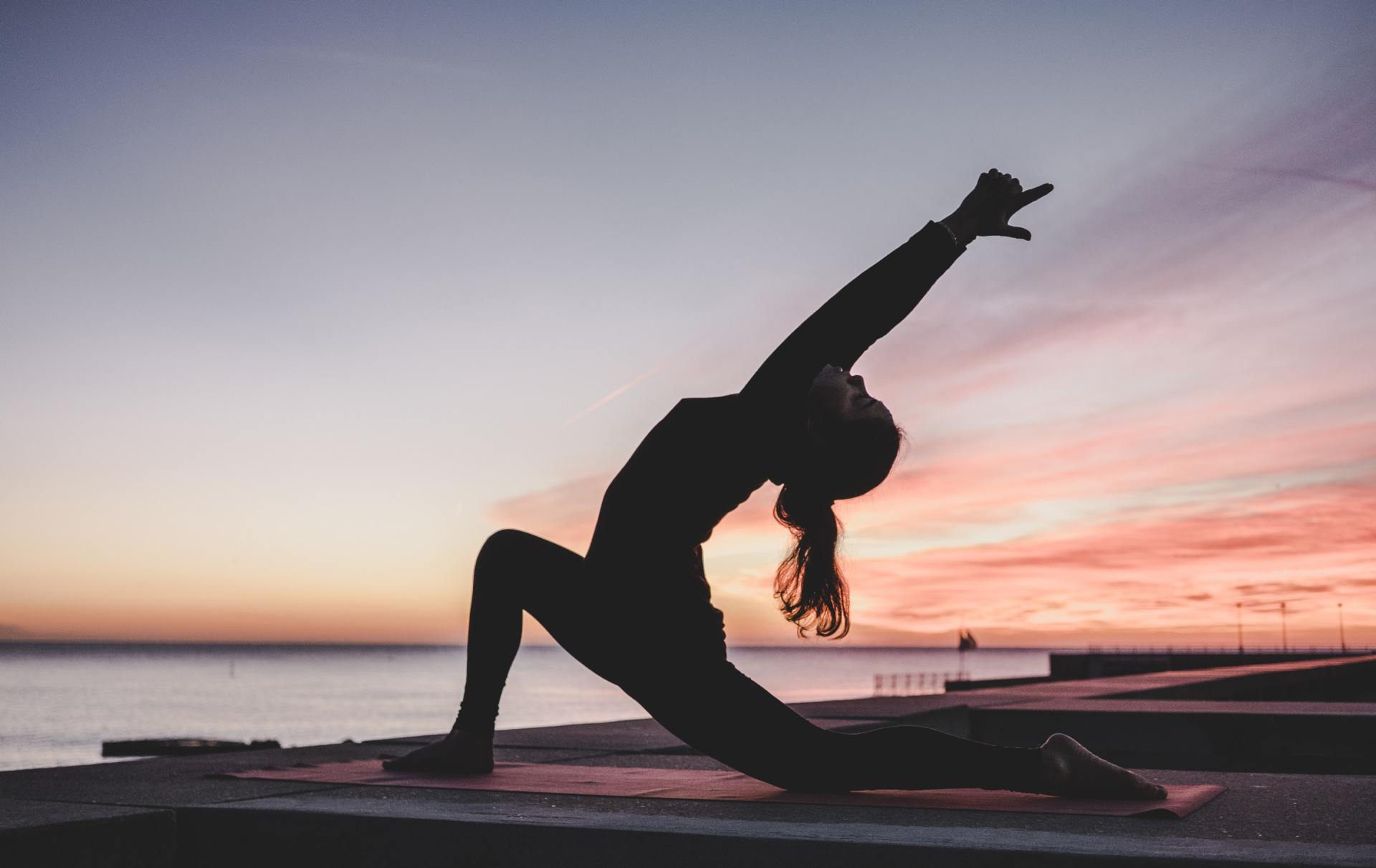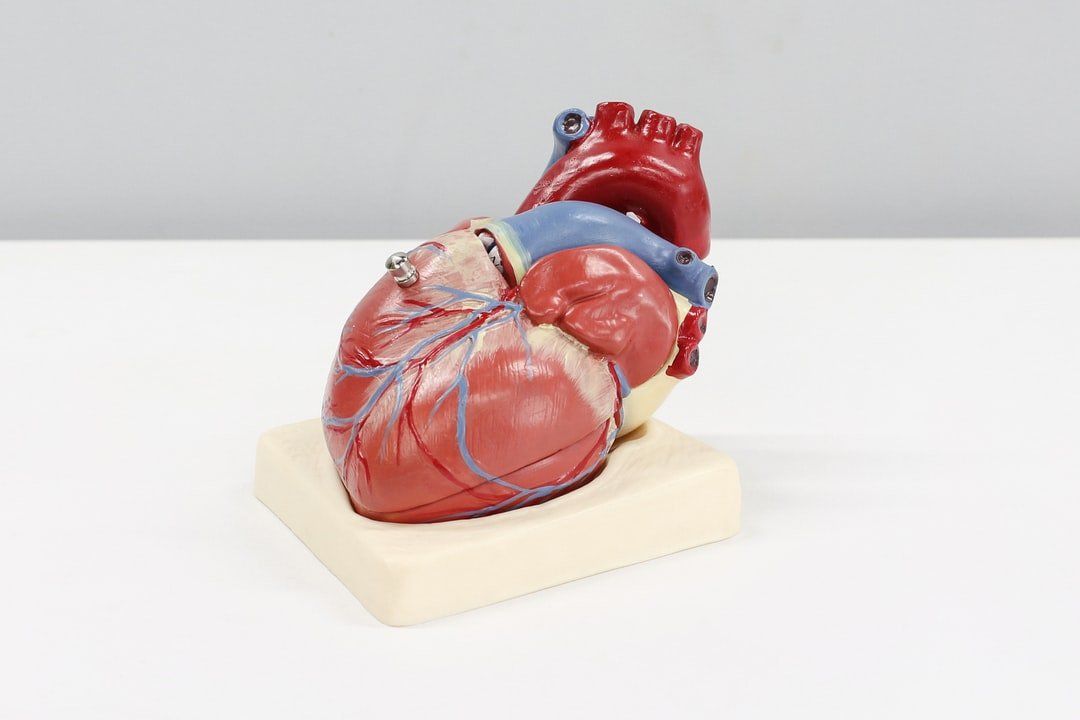Avoiding Injury While Running or Jogging
Originally written and posted by the Alberta College and Association of Chiropractors.
The New Year has arrived. If you think you’re spotting more folks at your local gym or a few more people braving the elements and jogging outdoors, you’re probably right. New Year’s resolution-ers are out in full force this time of year, hoping to get their fitness goals off to a running start (pun intended).
Running or jogging is often the preferred method for those looking to trim their waistline; however, it can take its toll on your body in particular your joints, increasing your chance of injuries all the way from your feet, up to your neck. To help ensure your resolution doesn’t get halted because of injury, make sure you know the best styles and techniques for running or jogging.
Examine Your Running Style
Everyone has their own unique running style. If you were to watch a group of joggers closely, you would see each person runs differently. There is no one, correct way to run, but there are ways to fine-tune your running technique to prevent injury.
Posture – Just like in all aspects of our lives, posture is very important when we run. Good posture will help release tension and reduce strain in your neck and shoulders. This can help prevent muscle fatigue. You can improve your running posture by following some simple, key principles:
Hold your head high, centered between your shoulders and keep your back straight. We have a tendency to lean forward and slouch when we are tired, but this can lead to fatigue and tightness in the neck, as well as the shoulders, back and even your hamstrings. A good rule is to always keep your focus 30-40 yards in front of you. This will force you to keep your head up.
Keep your shoulders relaxed and parallel to the ground. Do not pull your shoulder blades together. This can increase shoulder tension. We also have a tendency to rise our shoulders near are our ears as we tire while running, much like when we are cold. Drop your arms and shake them loosely if you feel this happening.
Pay attention to your arms and hands - It’s easy to imagine that our arms and hands are just along for the ride as we run. This couldn’t be farther than the truth. Your arms and hands are just as important as your legs when you run.
Keep your hands and wrists loose. This will help you avoid tension in your hands and arms, while using less energy and decrease the chance of tension working its way up to your shoulders
Allow your arms to swing from the shoulders like a pendulum from front to back. Be careful to prevent your arms from crossing the midline of your body.
As you endurance improves and your speed increases, so should the rate at which your arms swing. Swinging your arms at a faster rate will help with your balance and will assist you with for faster leg turnover.
Don’t Over-Stride - When you extend your lead foot too far out in front of the body, it lands in front of your center of gravity creating a breaking effect, this is called over-striding. This can lead to injuries such as runner’s knee and shin splints. As runners become more experienced, their stride lengthens naturally. This is not due to overstretching the lead leg as many new runners do, but rather from increasing the forward motion of the rear leg.
If you run on a treadmill, you will naturally shorten your movements because of the length of the treadmill’s belt. This isn’t a problem, but in the spring, if you decide to run outside again, you may have to make adjustments to your stride.
Research has also shown that the biggest difference between healthy runners and ones that are often injured is stride variability. Your goal as a runner should be to repeat the same stride every time. In injured runners, the joint angles and motions were slightly different with each stride.
Setting Manageable Goals
New Year’s Resolution-ers and even the general, healthy, active-living crowd, can often be victims of their own lofty goals. It’s important for runners, especially new runners, to follow a training schedule that builds mileage and speed in a logical way. Starting a log to track your running successes is a good idea. Also to find a beginners schedule so that you can learn to start conditioning properly before implementing strength or speed training
Over-training is one of the easiest ways to injure yourself. Break your training into small goals using a calendar that extends far out. If you only ran for 20 minutes last week, don’t try to run for an hour the next. Your body isn’t equipped to handle the added stress yet.
How Your Chiropractor Can Help
If you’re gearing up to begin a new running or jogging regimen or have a concern about an injury you’ve sustained while being active, your chiropractor is a good place to start.
Many injuries can be prevented simply by being evaluated by a chiropractor. Your chiropractor will be able to identify problem areas, such as muscle imbalances, joint dysfunctions, or anything else that could lead to pain and injury. Running is a safe, fun and relaxing activity, that can help you trim up and condition your body. Let your chiropractor help lead you towards a successful and injury free running program. Any time you experience pain, muscle imbalance or joint restriction, see your chiropractor.
As part of your healthcare team, your chiropractor can also tell you if a pre-existing injury could be a concern for your new running plan.




Newsletter Sign-up
You have signed up for Dr. Quinn's monthly newsletter!
Please try again later.






